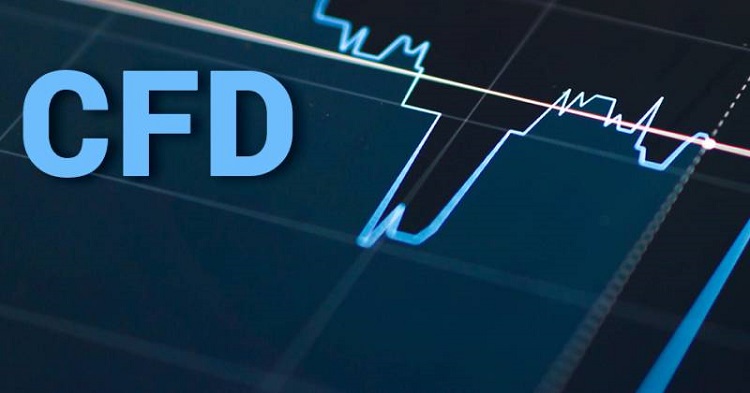One of the best tools for a digital marketing campaign is an explainer video. It is a highly engaging video that conveys messages to viewers in a short and concise manner. Having an explainer video will help deliver your brands’ voice to a broader audience fast.
The benefits of explainer videos include spreading awareness about your business, elevating a website rank on the search engine result page (SERP), and gaining massive conversion rates. In the end, you will receive more sales deals by introducing an explainer video to the public.
The conversion rates are specifically the result of powerful Call-to-Actions (CTAs) touch at the end of explainer videos. CTA is the key to persuade and motivate your viewers (and or readers) to take the next action that benefits your business.
CTA can be in the form of buttons, banners, pop-ups, and slide-ins, etc. with a persuasive copy like “Try It Now,” “Get Your Voucher,” or “Register Now To Get Discounted Price.”
Why Does Video Need a Call-to-Action?
A compelling CTA will leave your audiences to wonder and seek more information on your website.
Your CTA guides them to the journey of learning about your brands and eventually leads them to a buying process. Therefore, a CTA is an essential point to gain conversion and leads from a campaign that you are running.
CTA Placement
To earn more conversion rates, you must understand CTA’s best placement. Since most audiences don’t exactly know what they are viewing, it is great to put a subtle CTA for their surprises. Using a persuasive and compelling copy can also grab the audiences’ attention.
Place CTA Strategically
Having CTA in a video needs a bit of attention. Unlike a landing page where you can put multiple CTA on a different section, video CTA is utterly different. In explainer videos, CTA can be subtly scripted as the narration goes on. The voice actor will induce convincing words that entice the viewers to take action.
Or, you can blatantly put a sign with buttons at the end of the video while the narrators ask viewers to visit the website. In this method, the audiences will get a clear picture of what they are going to do next.
However, instead of applying one of the tips above, it is best to implement both methods. The audiences will have a sense of urgency when they hear and see the ‘problem’ in front of them.
Create CTA Variation
Sometimes having a common CTA on explainer videos is tedious. Sentences like “visit our website now” are way too overused and unsurprisingly expected by the viewers. It is not like those words are bad or aren’t compelling enough, but many videos have used that for years.
You need something astonishing to catch the audiences’ hearts. Write a brand new copy that gives a glimpse of urgency. You can also try using a fear-of-missing (FOMO) approach to motivate the audiences to purchase your brands.
The 2 Different Ways to Mention CTA
There are some ways to mention your CTA on your explainer videos: implicitly and explicitly (means, in-your-face, and make it obvious). The strength of the call-to-action itself depends on the brand.
If it is too strong, it will appear as ‘too forceful’ and ‘too salesy.’ If it is not directly related to the video, it will confuse the audience.
#1. Explicit Call-to-Action
Explicit videos call-to-action is something that you would often see in explainers. Explicit means are obvious. It spells out what they want you to do.
This approach is commonly used by companies that only create one explainer video to explain their business. If you only have one, you have to make it count, right?
#2. Implicit Call-to-Action
Implicit call-to-action appears on the educational type of explainer video. It may be informational and educational, but subtle call-to-action can be embedded smartly inside the video to make it easy to digest.
This approach is often used on a marketing campaign that allows more than three explainer clips to be produced. Based on my experience, informational and educational videos are often shared on social media because they help others solve something.
Since they are not blatantly advertising something, it’s good to have educational explainer videos working for your business.
Closing Thoughts
CTA is a key to convert general audiences into leads. In other words, including an effective and compelling CTA in your explainer videos can generate a great number of leads in a short time.
The more interesting your explainer video with a strategically mentioned CTA, the higher your chances of getting massive conversion rates.
Therefore, learning the CTA will help you close more deals as it is the first gate to a loyal customer. You can apply the explicit or implicit way to your explainer video CTA by considering what types of campaigns you run for.
If you run an educational explainer video, using the implicit way can be the best option since the sole purpose of it is to inform the audiences. As an alternative, you can go for an explicit way if your campaign’s goal is to direct leads from the video.





